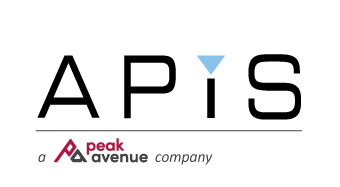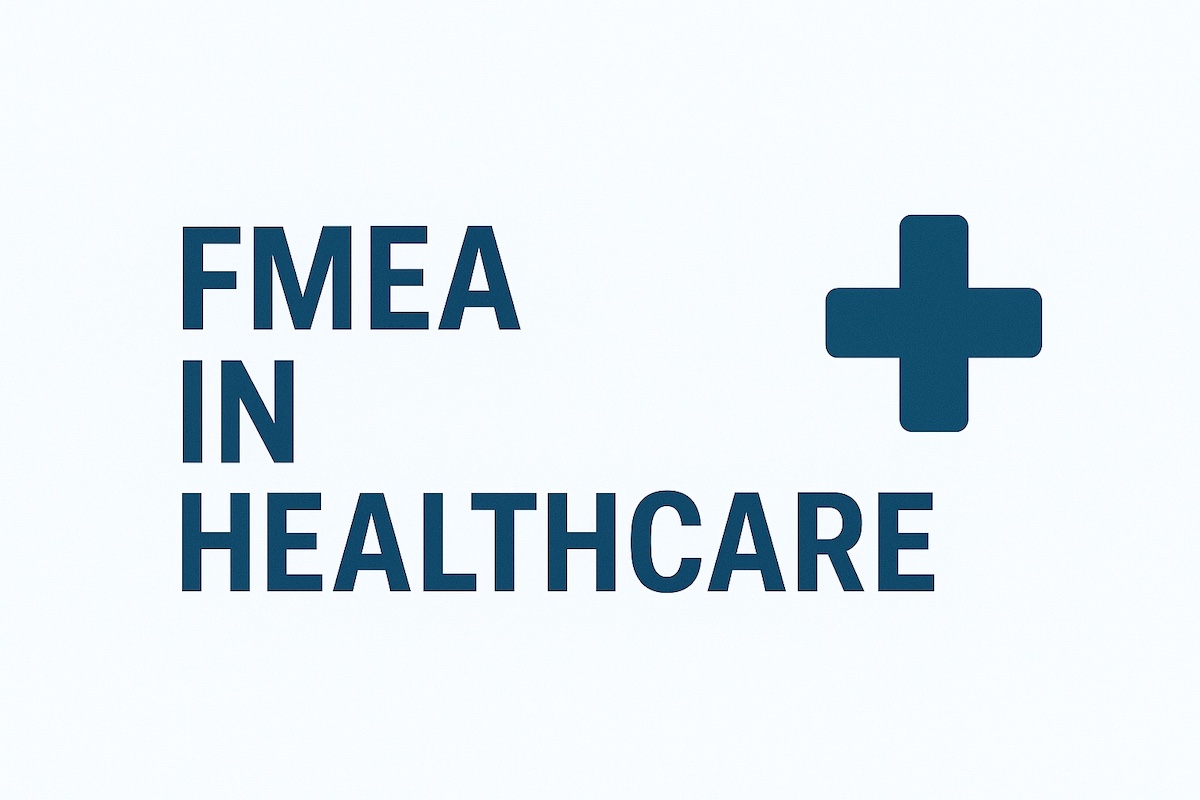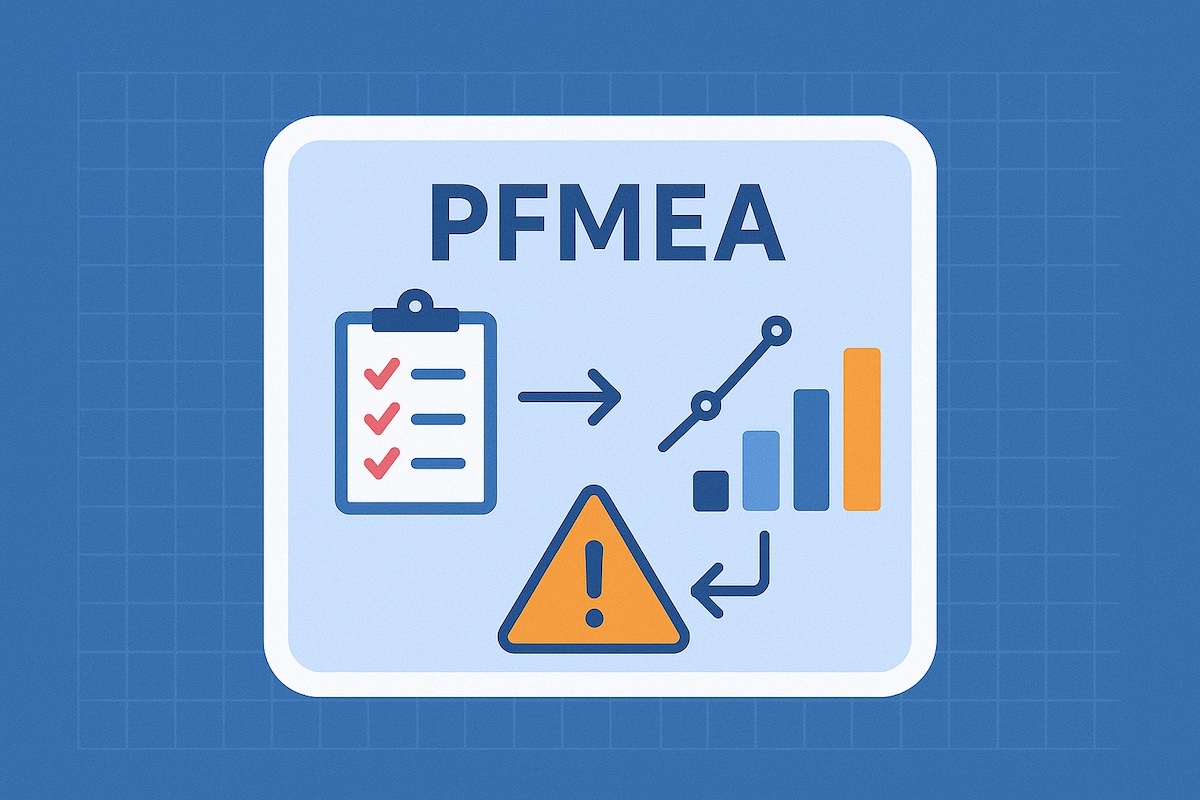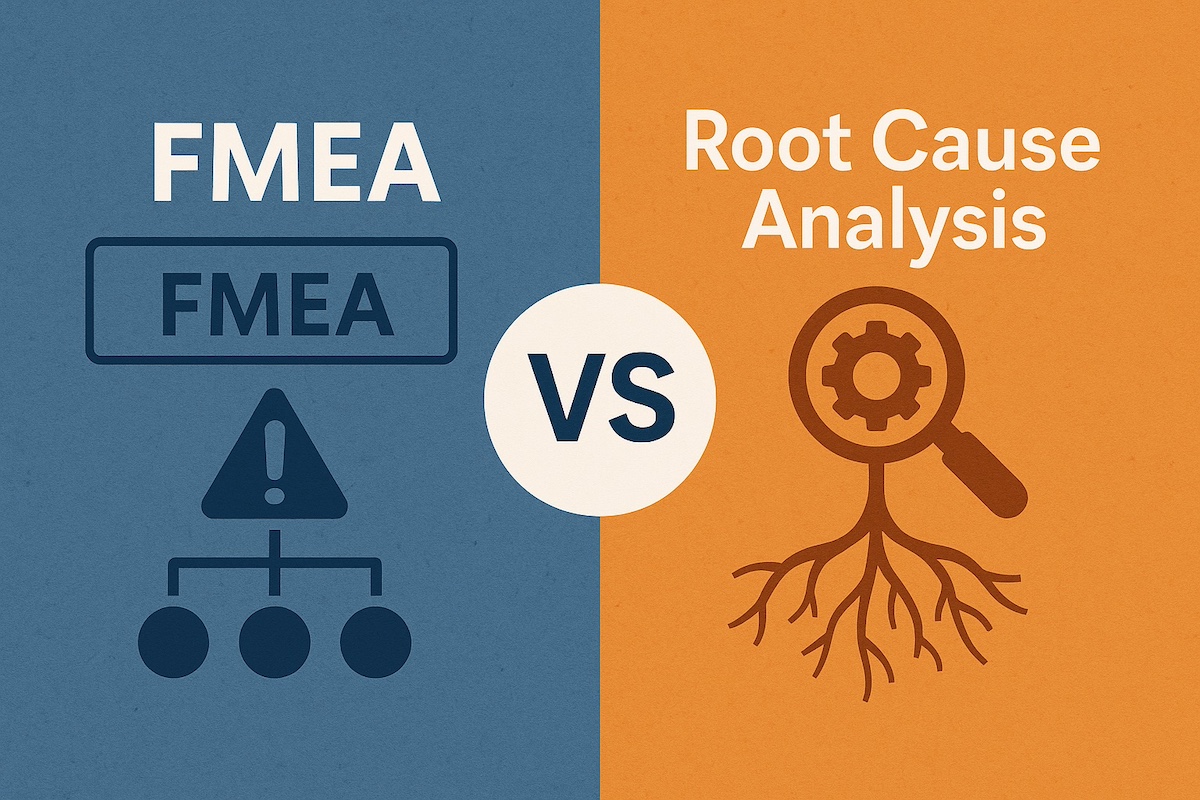Failure Mode and Effects Analysis (FMEA) is a proven methodology for risk identification and mitigation. Its purpose is to uncover potential failures in products, processes, or systems, analyze their effects, and prioritize corrective actions.
This proactive approach ensures product reliability, enhances safety, and helps businesses meet regulatory requirements. Choosing the right type of FMEA is crucial for project success, as each type addresses specific risks and project stages.
This guide dives into the different FMEA types, when to use them, and how to determine the most suitable one for your project.
What is FMEA?
Failure Mode and Effects Analysis (FMEA) is a structured, team-based method to identify and assess risks in a product, process, or system. It pinpoints failure modes (how things can go wrong), evaluates their effects, and ranks them based on severity, likelihood of occurrence, and detectability.
Key Components of FMEA
- Failure ModeIdentifies how a product, process, or system can fail.
- Effects AnalysisAnalyzes the impact of failure on the end user or system performance.
- Risk Priority Number (RPN)A numerical score that ranks risks based on severity, occurrence, and detection.
Why FMEA is Essential
- Proactive Approach: Identifies risks before they occur, allowing for timely interventions.
- Cost Savings: Reduces expenses associated with recalls, downtime, and product defects.
- Regulatory Compliance: Aligns with industry standards like ISO 9001 and IATF 16949.
Related Reading – Basics of FMEA in Aerospace Engineering
Types of FMEA
Each type of FMEA serves specific industries and project stages. Understanding these types is key to applying the right methodology.
Design FMEA (DFMEA)
Purpose
DFMEA focuses on identifying potential design flaws that could lead to product failures. It assesses risks during the development phase to ensure that the final design is robust and meets performance standards.
Applications
- Automotive parts such as braking systems.
- Consumer electronics like smartphones.
- Medical devices requiring stringent safety checks.
Benefits
- Reduces costly redesigns.
- Improves product reliability and customer satisfaction.
Process FMEA (PFMEA)
Purpose
PFMEA evaluates potential risks in manufacturing or production processes. It identifies inefficiencies, defects, or deviations from expected outcomes, ensuring smooth and efficient production.
Applications
- Assembly lines in automotive and electronics industries.
- Pharmaceutical manufacturing processes.
- Food production facilities ensuring hygiene and quality.
Benefits
- Reduces production defects.
- Minimizes downtime and resource wastage.
System FMEA
Purpose
System FMEA examines how different subsystems interact within a broader system. It evaluates the functionality and reliability of the entire system.
Applications
- Automotive electrical systems integrating various subsystems.
- Aircraft systems requiring seamless interaction of components.
- Energy grids with interconnected subsystems.
Benefits
- Identifies overarching risks.
- Enhances overall system reliability.
Software FMEA
Purpose
This type of FMEA addresses risks specific to software systems. It evaluates potential failures in software logic, execution, and integration with hardware.
Applications
- Embedded systems in vehicles and medical devices.
- Software for IoT (Internet of Things) devices.
- Control systems in industrial automation.
Benefits
- Ensures software reliability.
- Prevents system-wide failures caused by software issues.
Service FMEA
Purpose
Service FMEA is tailored for service-based industries. It identifies risks in service delivery processes, such as customer service, logistics, or healthcare.
Applications
- Patient care workflows in hospitals.
- Logistics and supply chain processes.
- Hospitality services ensuring a seamless customer experience.
Benefits
- Improves customer satisfaction.
- Streamlines service operations.
How to Choose the Right FMEA for Your Project
Choosing the appropriate FMEA depends on project needs, industry standards, and the type of risks involved.
Key Considerations
- Project Stage
- Use DFMEA in the design phase.
- Opt for PFMEA for manufacturing processes.
- Apply System FMEA for integrated systems.
- Risk Type
- DFMEA for design-specific risks.
- PFMEA for process inefficiencies.
- Software FMEA for digital systems.
- Industry StandardsEnsure compliance with regulations like ISO, FDA, or automotive standards.
Example Use Case
A leading automotive manufacturer reduced product recalls by 40% by applying DFMEA during design. Simultaneously, PFMEA improved assembly line efficiency, reducing production defects by 20%.
Steps in the FMEA Process
- Define Scope and ObjectivesClearly outline the focus area, such as a specific product or process.
- Assemble a Cross-Functional TeamInclude experts from design, engineering, manufacturing, and quality assurance.
- Identify Potential Failure ModesList all possible ways the product or process could fail.
- Analyze Effects and CausesAssess the impact of each failure mode on the end user or process.
- Rank Risks Using RPNMultiply severity, occurrence, and detection scores to prioritize risks.
- Develop Corrective ActionsImplement and monitor actions to mitigate high-priority risks.
Advantages and Challenges of FMEA
Advantages
- Reduces risks proactively.
- Enhances product quality and customer trust.
- Saves costs associated with late-stage defects.
Challenges
- Time-intensive process.
- Requires skilled personnel for accurate analysis.
- May overlook complexities in large systems without proper tools.
FAQs
What is the main difference between DFMEA and PFMEA?
DFMEA focuses on risks in the design phase, while PFMEA evaluates risks during manufacturing or production.
How is Software FMEA conducted?
Software FMEA assesses risks in code execution, logic, and interfaces, ensuring reliability in digital systems.
Can FMEA be used in service industries?
Yes, Service FMEA analyzes risks in workflows like patient care or logistics to enhance operational efficiency.
What is a Risk Priority Number (RPN)?
RPN is calculated as Severity × Occurrence × Detection, helping prioritize risks for corrective actions.
How does FMEA improve risk management?
By proactively addressing risks, FMEA enhances compliance, product reliability, and cost efficiency.
Conclusion
At APiS North America ®, we understand the importance of a robust FMEA process in ensuring the success of your projects.
Our APIS IQ-Software offers a comprehensive solution to streamline DFMEA, PFMEA, and System FMEA, providing industry-leading accuracy and efficiency. Whether you’re addressing design risks or optimizing manufacturing processes, our tools are trusted by professionals worldwide to deliver reliable results. Contact us today to learn more.







